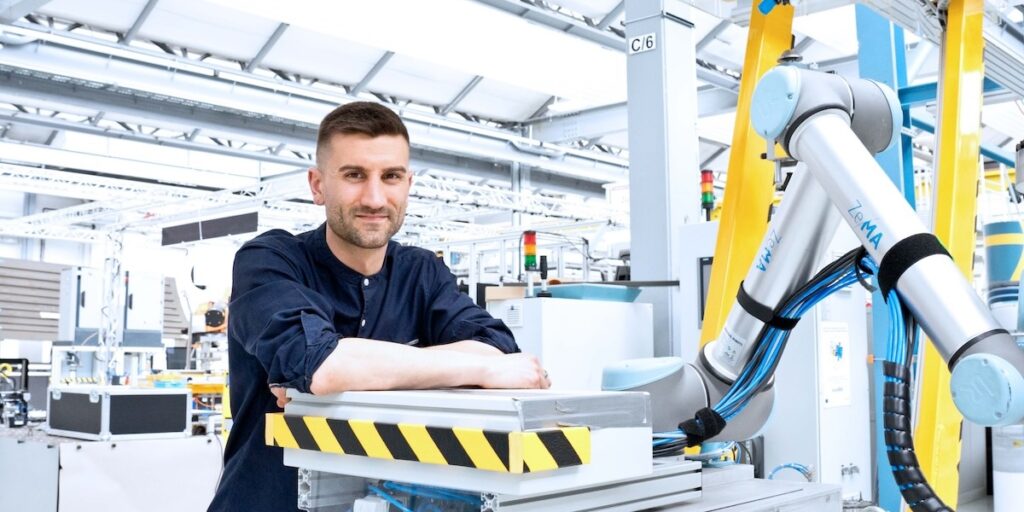This technology has the potential to replace today's air conditioning and heating systems. In combination with photovoltaics, for example, the main advantage will be that it requires less electricity.
A team from Saarland University, together with an international consortium, has received funding from the European Innovation Council’s (EIC) Pathfinder programme. The four-million-euro “EIC Pathfinder Challenge” is intended for a project to further research into flexible calorimetry; the goal is to develop a prototype for decentralized room air conditioning within three years. According to a statement, the technology has been named one of the “Top Ten Technologies 2024” by the World Economic Forum (WEF). The US Department of Energy and the European Commission have already declared it a promising alternative to previous processes.
The heating and cooling process is based on the transfer of heat to or from the room by loading and unloading so-called shape memory materials, such as wires. The material absorbs heat when it is subjected to stress, for example when it is pulled, and releases it again when the load is relieved. The Saarbrücken researchers, led by calorimetrics pioneer Paul Motzke, are using the superelastic nickel-titanium alloy for this purpose. Materials made from this alloy return to their original shape after deformation because they contain two crystal lattices and thus two phases. While water, for example, takes on solid, liquid and gas phases, in nickel-titanium both phases are solid but fuse together.
Motsky, who holds the position of bridge professor between Saarland University and the Center for Mechatronics and Automation Technology (ZeMA), is leading a consortium as part of the SMACool project, which is now funded by the EIC, and which also includes the universities of Ljubljana and Naples (Federico II) as well as the Irish company Exergyn. The aim is to develop a prototype air conditioning unit for residential buildings together. Fresh air is to flow through narrow ventilation openings in the outer walls and is heated or cooled as needed until the desired temperature is reached in the room behind it. “With our technology, we don’t want to heat and cool houses with a central system, but rather heat and cool them decentrally and individually in each room,” says Motsky. In future, the integrated unit being developed could also be installed directly into the already required ventilation system in new buildings.
According to the information, the flexible calorific system can achieve temperature differences of around 20 degrees Celsius when cooling and heating. This technology could become an alternative to conventional cooling and heating methods that do not require any refrigerants and much less energy: “The efficiency of the flexible material is ten times higher than current air conditioning or heating systems – and it will require much less electricity,” explains Motzki.
The challenge for the next work is to design a device that works in the circulatory system so that the best cooling or heating effect is achieved when air passes through it. Instead of the wires that have been mainly used until now, thin sheets of nickel and titanium will now be used, which absorb and release more heat due to their larger surface area. The technology is “the result of around 15 years of research” in numerous projects and award-winning doctoral theses. The Saarbrücken teams have developed, among other things, a cooling and heating display device and a continuously operating refrigerator.
The research team for smart materials, founded by Professor Stefan Celik and expanded with Professor Motzki, has also used shape memory technology for completely different applications such as robotic grippers or valves and pumps. The technology has been the subject of numerous publications and is funded in several large research projects.
This content is protected by copyright and may not be copied. If you would like to collaborate with us and use some of our content, please contact: [email protected].
Popular Content

“Certified tv guru. Reader. Professional writer. Avid introvert. Extreme pop culture buff.”







More Stories
Samsung Quantum Dot TV: Art meets technology
Pitch: €56m for energy startup Reverion
Plastoplan: Plastics for Energy Transition